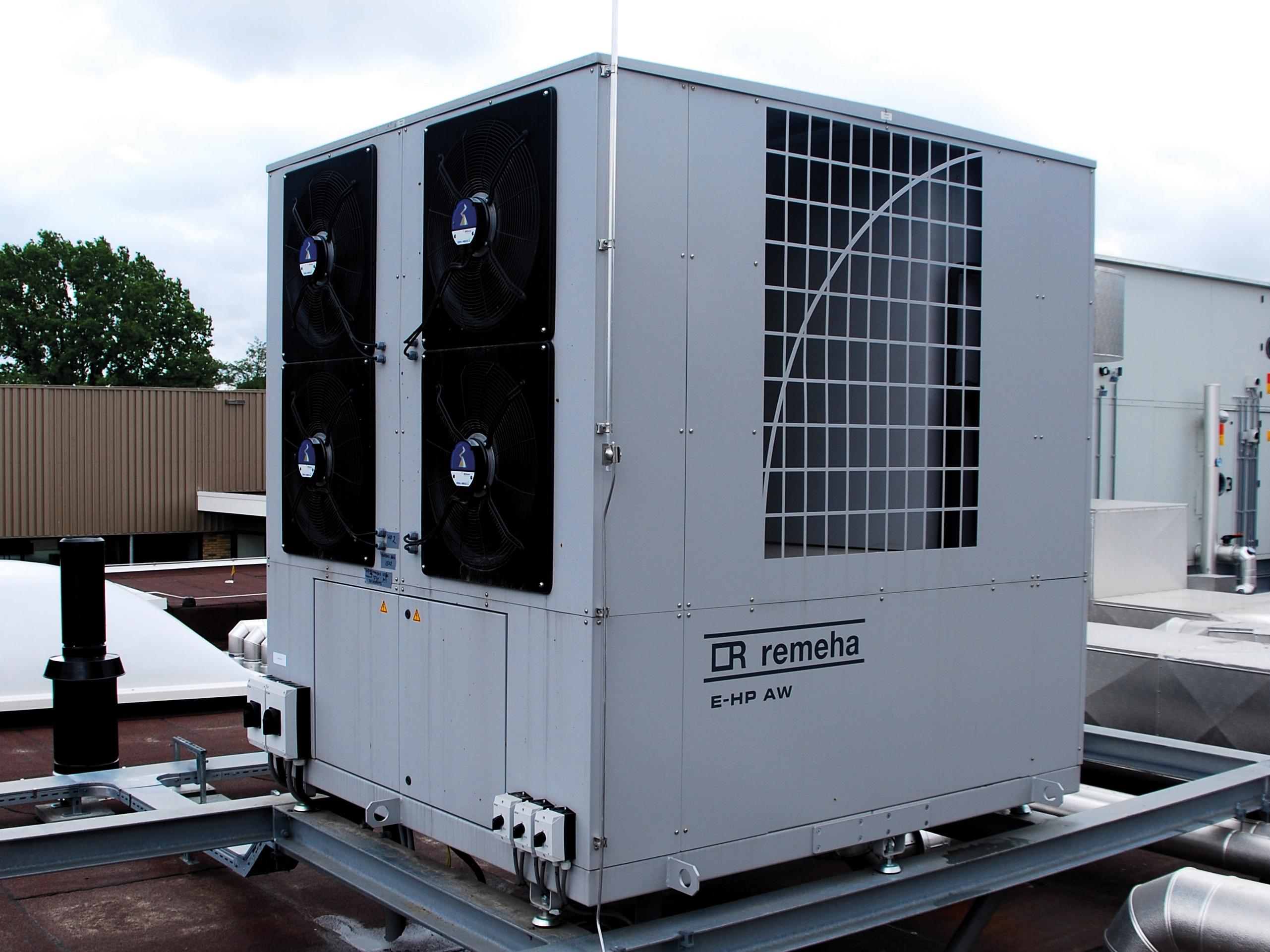
Meeting heat demand in UK schools more sustainably is essential, both to support the UK’s climate goals and to help protect tight budgets. Rob Erwood, Sales & Specification Director at Baxi Commercial Solutions, identifies the challenges and the opportunities
HEATING is one of the UK’s primary sources of greenhouse gas emissions, accounting for over a third of the nation’s total emissions. Decarbonising heat in buildings is therefore key to achieving the UK government’s ambitious 2050 net zero target – and our school buildings are no exception.
Manufacturers of heating equipment have risen to the challenge, providing a mix of low carbon technologies and techniques – including heat pumps – for use now while innovating with future solutions, such as hydrogen boilers, to prepare for the future of heat.
Clearly, heat pumps have a huge role to play in the energy transition. In new and well-insulated school buildings, the merits of heat pumps like our new Remeha E-HP AW Air Source Heat Pump range are well established.
But here’s the problem. Low carbon technologies perform best in buildings designed from the ground up to use low temperature heating effectively. Many UK schools are ageing with old and inefficient heating systems. Retrofitting air pumps in these older, poorly insulated premises is a more complex matter. If a solution is simply tailored around the heat pump rather than the retrofit challenges in the building, the anticipated outcome will not be achieved.
What do we mean by retrofit challenges? Typically, these will include tight budgets, physical space constraints, older heating and hot water systems that operate at higher temperatures, available electricity supply and poor insulation.
Realistically, it’s unlikely that full decarbonisation will be achieved overnight in these harder-to-heat school buildings. Instead, the majority of older school buildings will need to be adapted first, through a series of steps, to make them ‘heat pump ready’.
So, our advice to schools is to start setting their pathway to greater sustainability now. Putting in place a phased refurbishment programme will ensure that the system delivers optimal outcomes at every stage while enabling forward planning to achieve immediate and longer-term requirements with minimal disruption.
Where to start? The starting point should be to reduce energy demand and heat loss in the building through what is known as a ‘fabric first’ approach. Your preferred manufacturer will be able to assist with a free site visit to ‘triage’ the problems and assess the most appropriate options on a project-by-project basis.
Installing a more efficient system is the next step. Replacing any non-condensing heating plant with future-ready, low NOx condensing models, for example, can reduce energy usage and emissions by up to 20% while improving the reliability of the service.
Once the building and heating system have been brought up to code, a natural progression would be to integrate air source heat pumps and condensing boilers in a hybrid system.
Hybrid heat pump systems are an effective means of overcoming frequent project limitations in existing school buildings and meeting heat demand more sustainably. In a well-designed system, they will reduce both greenhouse gas emissions and energy consumption, helping achieve all sustainability goals.
The aim should be to maximise heat pump contribution performance where possible, while taking all project limitations into account. Expert manufacturers will be able to provide advice on these aspects to address and avoid any conflict.
The government wants to put sustainability at the heart of education. But if schools are to be truly sustainable in their operations and lead by example, they also need practical solutions to improve the energy performance of their buildings and heating systems.
